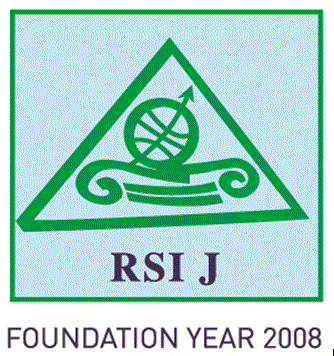Ery JAYANTI
Ph.D. Scholar in Economics, Faculty of Economics and Business, Universitas Syiah Kuala, Senior Lecturer, Universitas Jabal Ghafur, Sigli, Aceh, Indonesia
ery_jayanti@yahoo.com
Said MUHAMMAD
Professor, Faculty of Economics and Business, Universitas Syiah Kuala, Indonesia
said@unsyiah.ac.id
B.S NAZAMUDDIN
Senior Lecturer, Faculty of Economics and Business, Universitas Syiah Kuala, Indonesia
abdjamal@unsyiah.ac.id nazamuddin@unsyiah.ac.id
T. ZULHAM
Senior Lecturer, Faculty of Economics and Business, Universitas Syiah Kuala, Indonesia
teukuzulham@unsyiah.ac.id
M. Shabri Abd. MAJID*
Senior Lecturer, Faculty of Economics and Business, Universitas Syiah Kuala, Indonesia
mshabri@unsyiah.ac.id
*Corresponding author
Abstract
To ensure its sustainable development, although it is not legally binding, Indonesia have strongly committed to support the Sustainable Development Goals (SDGs) that have been initiated by the General Assembly of the United Nations since 2015 with the main targets to end poverty, safeguard the planet, and guarantee the peaceful and prosperous lives of all citizens on the globe in 2030. Amidst the strong commitment of the Indonesian government to include the SDGs’ framework in its development agenda, this study empirically examines the extent to which the quality of life has contributed towards achieving the SDGs in Indonesia. Specifically, this study attempts to explore the effect of quality of life on the reduction of poverty and hunger and the increase of access to clean water of the Indonesian across 33 provinces in the country over the period 2010-2017. Using the panel multiple regression approach, the study documented significant positive effects of the income level, tertiary education level, and formal employment status on the reduction on the poverty and hunger index. Additionally, both the tertiary level of education and income positively contributed to the increase in clean water access. These findings shed some lights for the policy-makers to design proper policies for achieving the SDGs agenda through enhancing the citizens’ quality of life so that the target of realizing “Zero Goals” where all Indonesian living without poverty and having sufficient access to clean water could be materialized.
Keywords: Sustainable development goals, Poverty, Hunger index, Clean water access.
JEL classification: I31, I39, O18
